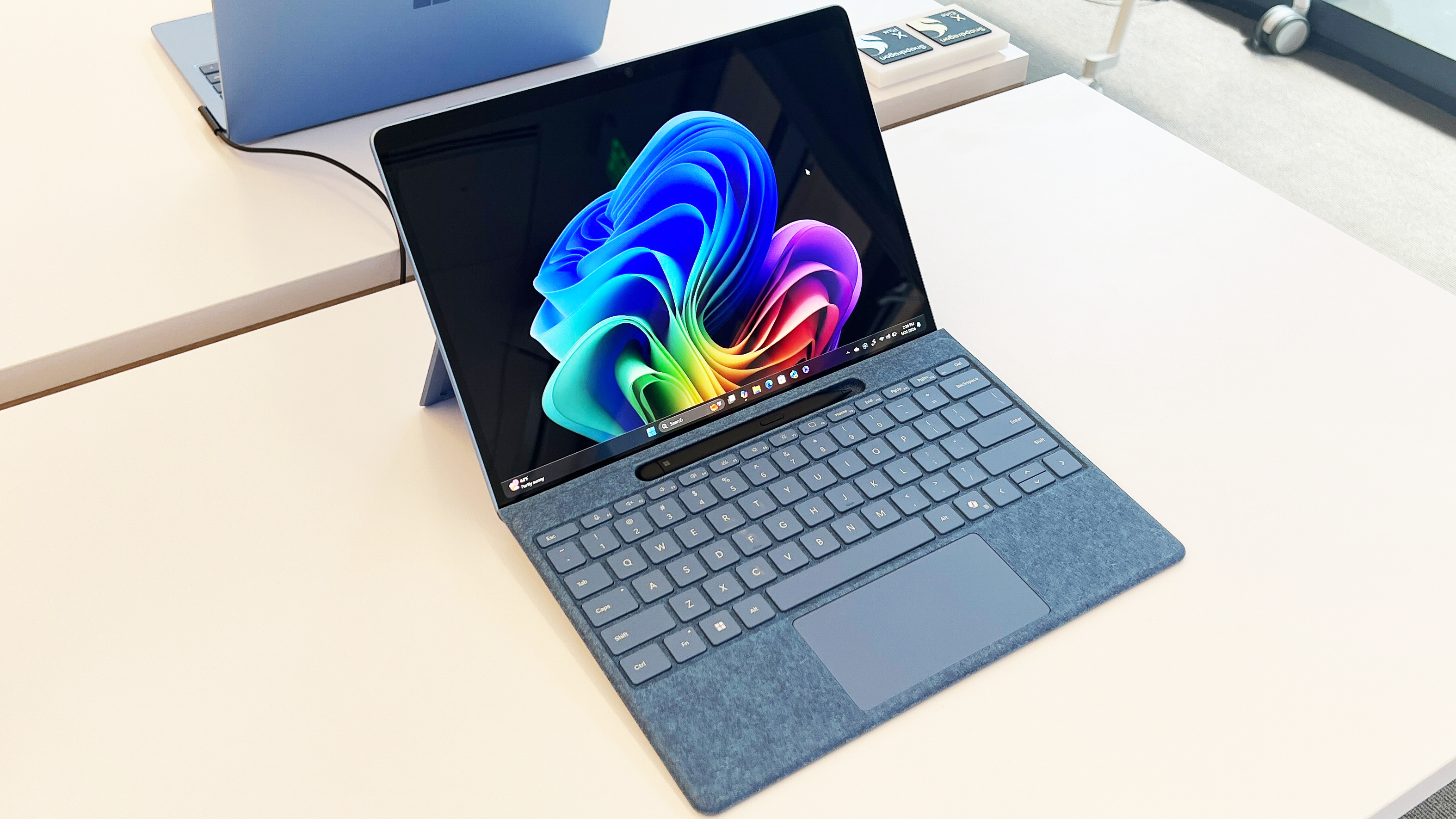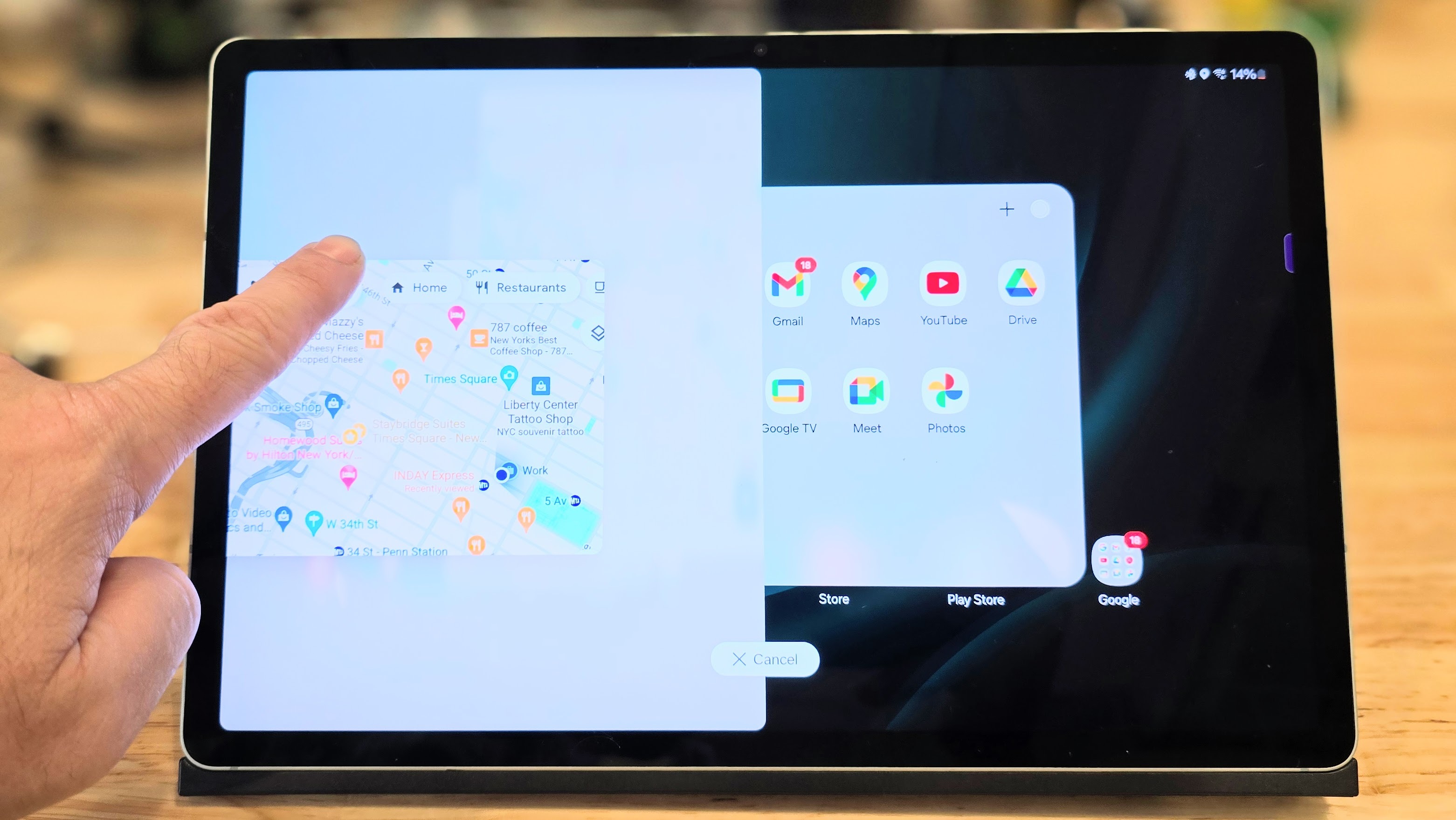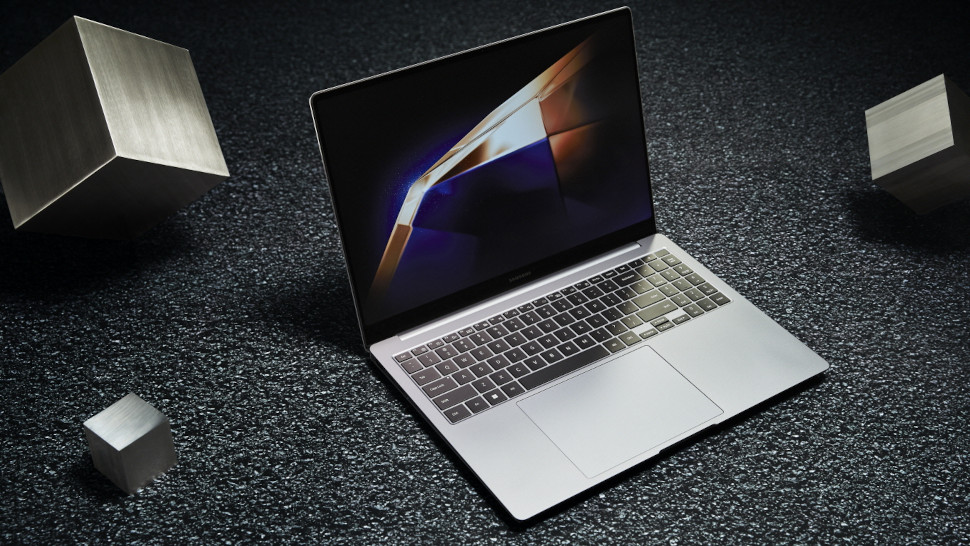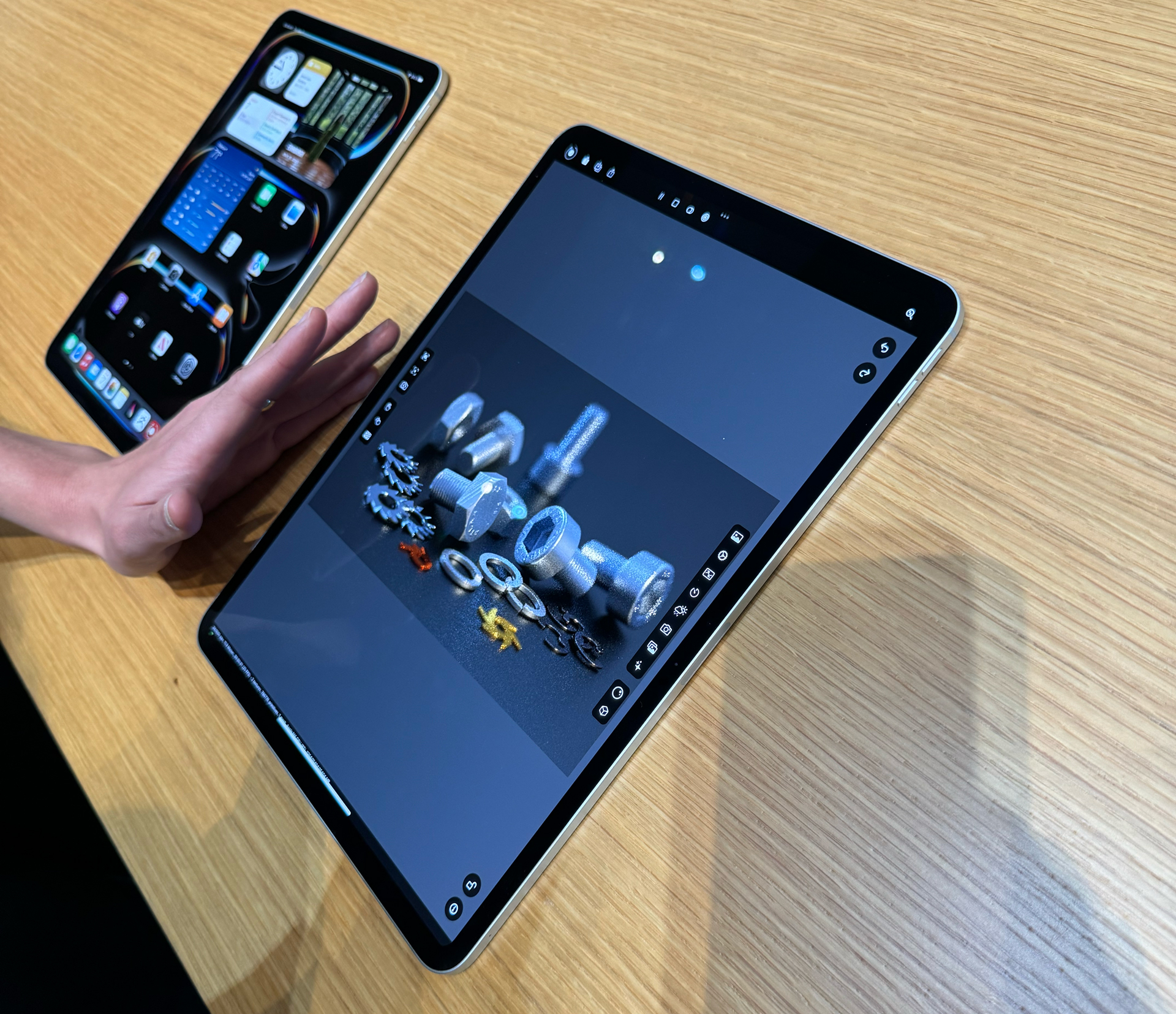The Pro tablet you wish Apple and Microsoft would make is the Samsung Galaxy Tab S9

The Apple iPad Pro M4 launch left tech pundits vexed. Why did Apple debut its powerful new M4 processor on a device that’s a gigantic, glorified smartphone? What benefits could the M4 offer iPadOS, a system built for simplicity, if not strength? If you stare at the latest iPad Pro, wishing it could be more Pro, I suggest looking at the Samsung Galaxy Tab S9 instead because it’s probably the tablet you wish Apple made.
But wait, here comes Microsoft with its new Surface Pro tablet. Is it a tablet if it runs Windows just like my laptop and always comes with the keyboard accessory? Or is it a laptop that can detach, like the saucer section of the USS Enterprise (NCC-1701-D), in times of trouble? Whatever it is, it stands on the other side of the looking glass from the Apple iPad Pro.

Both tablets have new, powerful chipsets inside, based on ARM’s processing cores, instead of Intel’s x86 chips. Both have an OLED display, a new pen for writing, and a price tag that starts at $999 / £999 / AU$1,699, or more if you want a larger display, extra storage, or other optional features (like 5G networking on the iPad Pro).
Both of these new device families also come with questions. Why? Why make an iPadOS device so powerful, Apple? Why is Windows so convoluted on a tablet, Microsoft? Why couldn’t these devices be just a little bit more … like … each other?!
The iPad Pro needs to be more professional and extensible, like the Surface Pro. The Surface Pro needs to be approachable, like iPadOS. I have good news. There’s already a tablet that gets it right.
Samsung makes the best tablet software. Seriously...
The Samsung Galaxy Tab S9 is the tablet that compromises between the iPad Pro’s touch-friendly mobile interface and the Surface Pro’s multi-window, professional workflow. Samsung’s OneUI software on the Galaxy Tab S9 is the best tablet software you’ll find on any tablet, by far. Samsung just gets it right.
Yeah, I can’t believe I just said that. I’ve been critical of Samsung’s phone software. I praise Samsung hardware: the phones look great, they are well-built, and often outperform the competition. Samsung’s hardware is top-notch. Samsung’s software needs help.
Sign up for breaking news, reviews, opinion, top tech deals, and more.
Except on the Galaxy Tab S9, from the high-end Galaxy Tab S9 Ultra to the less-expensive Galaxy Tab S9 FE. Samsung’s OneUI software needs room to spread out. It needs air to breathe. Samsung’s software can seem cluttered and confusing on a smartphone screen, even on a big honking display like the Galaxy S24 Ultra. On a big tablet display, it works.

Samsung’s software is filled with tabs that slide in from the side, buttons that appear when you hover the pen, and windows that pop up notifications over apps. It is robust, complicated, and densely packed on a phone but perfect on a tablet.
You want to work between multiple windows? Samsung’s Tab S9 handles multi-window chores better than anything short of a Windows desktop. Simply drag and pull windows where you want them. Drag a window to the edge and it splits the screen neatly. It all works intuitively; I never had to read instructions to organize my display the way I wanted.
The Galaxy Tab S9 goes from laptop to tablet seamlessly
Samsung also does the best job switching between a laptop look and a touch-friendly tablet OS. Its DeX software has been doing this on phones for a long time, turning your Galaxy S24 into a desktop computer when you connect a keyboard, mouse, and monitor. On the Galaxy Tab S9, connecting the keyboard accessory does the same thing.
You get DeX, a desktop environment with a taskbar, multiple windows, and a look that kind of mimics a Chromebook. When you disconnect the keyboard, you go back to touchable icons. Samsung’s latest DeX is more touch-friendly, but you can still keep the older Chromebook look and feel.

Samsung even does a spectacular job synchronizing across Galaxy devices, whether you own a Galaxy S phone, a Galaxy Book laptop, or both. When you use a mouse pointer on your Galaxy Tab S9, you can drag the pointer off one screen and onto another, moving across devices. It just works. I rarely say that about Samsung and Android software, but Samsung got this cross-device action to work intuitively, and it looks like a magic trick.
Features you need instead of power you don't
So what’s the problem with Samsung tablets, why isn’t Samsung dominating the tablet market? It’s hard to say, but I think Samsung’s pricing may be a bit confusing. The Galaxy Tab S9 is priced to compete with the iPad Air, not the base model iPad 10.9. Surprisingly, the Galaxy Tab S9 Ultra is a really good deal when you consider the technology you're getting, but you may experience sticker shock after seeing the $1,199.99 / £1,199 / AU$1,999 price tag.

To be fair, Samsung doesn’t give you a laptop-class processor inside. On the Galaxy Tab S9, you get the best mobile processor from mid-2023; on the Tab S9 FE, you get a step-down. Compared to the Apple M4 or the Snapdragon X Elite processors in the latest Apple and Microsoft gear, you won’t be able to use the same level of professional software. You won’t get Logic Pro or Final Cut, like you’ll find on the iPad, or even a desktop version of Adobe Photoshop as you can find on a Surface Pro.
What you will find is a tablet that is fun to use with real productivity features that are intuitive and snappy. You’ll find a larger display (also OLED) and battery than you get with an iPad or Surface at the same price, an S Pen included (that doesn’t need charging, ever), and tons of thoughtful features that utilize the design advantages these cutting-edge tablets offer.
The Samsung Galaxy Tab S9 isn't just an iPad clone or another generic Android tablet. It combines the best of tablet and laptop worlds, offering an intuitive experience for everyday tasks while also catering to pros who need more from a tablet. Stop trying to rethink what the iPad Pro should be, the Galaxy Tab S9 is already there.
You Might Also Like

Starting more than 20 years ago at eTown.com. Philip Berne has written for Engadget, The Verge, PC Mag, Digital Trends, Slashgear, TechRadar, AndroidCentral, and was Editor-in-Chief of the sadly-defunct infoSync. Phil holds an entirely useful M.A. in Cultural Theory from Carnegie Mellon University. He sang in numerous college a cappella groups.
Phil did a stint at Samsung Mobile, leading reviews for the PR team and writing crisis communications until he left in 2017. He worked at an Apple Store near Boston, MA, at the height of iPod popularity. Phil is certified in Google AI Essentials. His passion is the democratizing power of mobile technology. Before AI came along he was totally sure the next big thing would be something we wear on our faces.